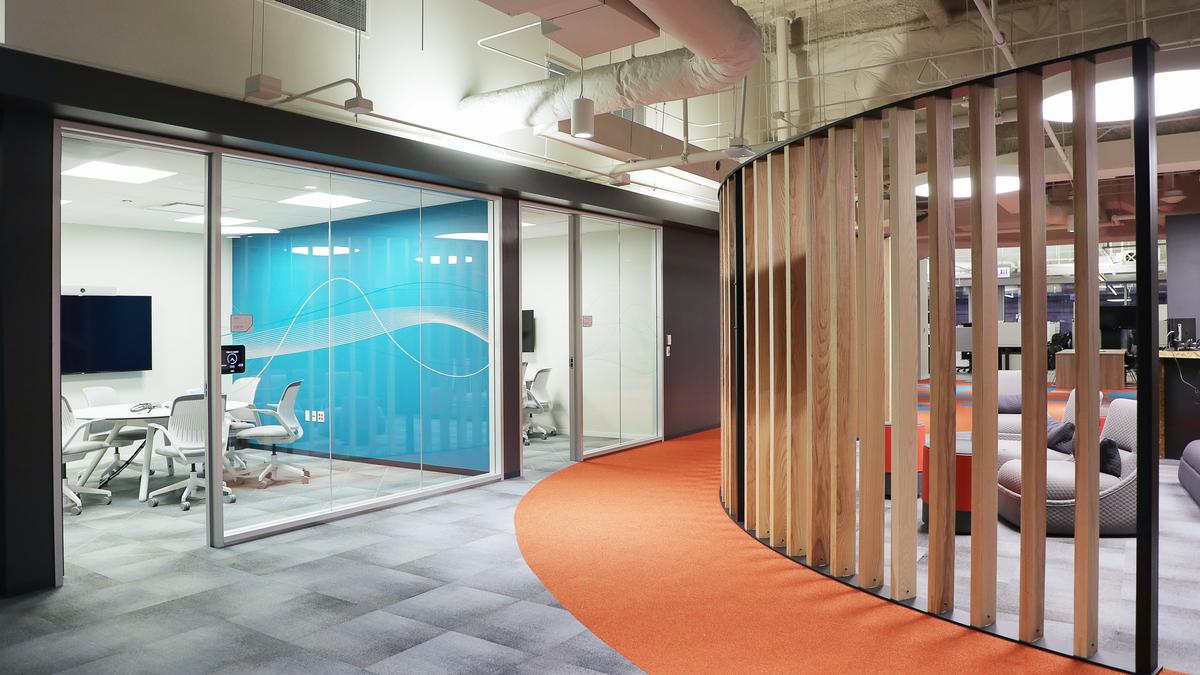Animal-Loving Spaces: Crafting Areas for Your Animal Companions

Creating a pet-friendly interior is more than just including a few comfy spots for your animal companions; it’s about crafting a harmonious space that reflects your aesthetic while meeting their requirements. As we gradually view our pets as beloved members of the family, the demand for interiors that address both aesthetics and functionality is on the rise. This year, interior design trends focus not only on visual appeal but also on how to establish a safe and welcoming environment for pets without sacrificing sophistication.
Including elements that are durable, easy to clean and stylish can change your living space into a retreat for both adults and pets. From choosing the right components to integrating smart technology that makes pet care more convenient, designers are embracing innovative solutions. By grasping color psychology and blending textures thoughtfully, homeowners can create spaces that boost both comfort and style. Join us as we delve into how to create interiors that efficiently blend elegance with the energy of our furry companions.
Home Decor Trends to Embrace
One of the leading interior design trends to embrace this year is the move toward eco-friendly and smart design. Residents are more and more focusing on eco-friendly materials and construction practices, seeking ways to reduce their carbon footprint while enhancing their living spaces. Incorporating reclaimed and recycled materials not only brings character but also aids environmental efforts, making homes more sustainable without sacrificing aesthetics.
Another exciting trend is the art of combining textures in home interiors, which can elevate a space from ordinary to extraordinary. By mixing materials such as timber, metal, and fabrics, designers create rich visual tapestries that engage the senses. This trend allows for self-expression and creativity, making it simpler to infuse warmth and depth into any room while ensuring it stays functional and inviting.
Color psychology is also becoming prominence in interior design, as homeowners recognize the impact of wall colors on mood and vitality. Selecting hues that resonate with personal preferences and desired atmospheres can transform the feel of a space. Whether you choose calming blues for a peaceful bedroom or vibrant reds for an energizing kitchen, understanding the psychological influence of colors is key to creating an interior that reflects your personality and enhances your home environment.
Crafting Practical Spaces for Animals
Creating a pet-friendly environment goes beyond just offering a comfortable area for your furry friends. It requires careful consideration of arrangement and elements to ensure safety and functionality. Start with tough flooring solutions that can withstand scratches and spills, such as porcelain tile or luxury vinyl. In addition, explore area rugs that can be conveniently maintained and selected in shades or patterns that can hide dirt and pet fur, keeping decorative charm.
Adding designated sections within your house can boost the living experience for both pets and their owners. For instance, a snug nook for your pet equipped with a bed and toys can be integrated into hallways or living areas. This not only give pets a corner they can claim as theirs but also maintains their belongings tidy, contributing to a unified look between spaces. Think of using furniture that serves as storage for pet items, creating a chic yet useful atmosphere.
Finally, the art of blending fabrics plays a critical role in a pet-friendly environment. Soft fabrics can be paired with strong materials to generate visual interest while addressing the needs of your pets. Incorporate machine-washable throws and slipcovers to protect furniture while allowing for simple upkeep. By designing environments that balance comfort and practicality, you guarantee that your home is a friendly space for both two-legged and four-legged friends.
Sustainable Practices in Home Architecture
Green practices in house design are gaining importance as homeowners more and more seek to minimize their ecological impact. Eco-friendly substances, such as bamboo floor surfaces, upcycled metal fixtures, and retrieved timber, have gained popularity. These resources not only contribute to a healthier residence and also provide distinct style to interiors. Integrating energy-efficient devices and systems, like renewable panels and intelligent temperature controls, may further enhance environmental responsibility while offering extended financial benefits.
Another essential aspect of green design is maximizing sunlight light to decrease reliance on artificial lighting. why not look here glazing, skylights, and spacious designs permit sunlight to fill rooms, resulting in a cozy and friendly atmosphere. Moreover, strategic outdoor design might aid manage indoor environment, reducing the need for heating and ventilation units. Through taking into account the residence's position and the nearby nature, designers are able to develop environments that organically promote power conservation.
Ultimately, embracing sustainable construction techniques is crucial during the development phase. These includes minimizing scrap through careful organization and employing local products to lower travel footprint. Achieving green development certifications, like Green Star, may direct developers as well as contractors towards more responsible decisions. By focusing on green practices in every stage of design and building, residences may be appealing, useful, and sustainably sound, guaranteeing a positive legacy for upcoming generations.

